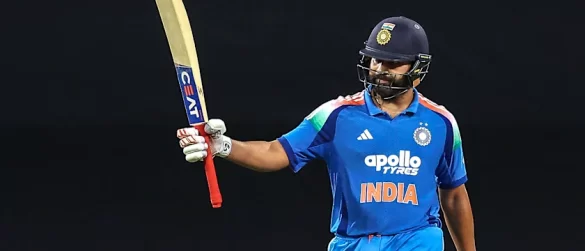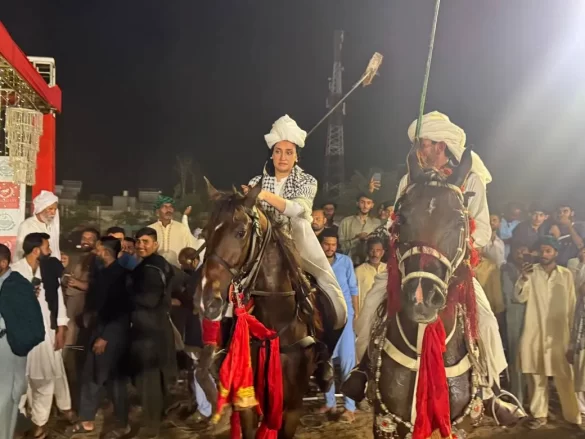A Historic Shift in Test Cricket Tradition
In a rare and unprecedented change, the upcoming Test match between India and South Africa in Guwahati will see tea served before lunch. The adjustment, confirmed by both cricket boards, will apply to the second Test starting on 22 November — marking the first such instance in the long history of Test cricket.
The decision was driven by geographical realities rather than experimentation. Guwahati, located in India’s far east, experiences earlier sunrises and sunsets compared to most other Indian cities. Officials explained that the new schedule ensures all 90 overs can be completed under natural daylight, avoiding any loss of play due to fading light.
New Match Timings Announced
Under the revised plan, play will begin half an hour earlier than usual, at 9:00 a.m. local time. The first session will run from 9:00 to 11:00 a.m., followed by a 20-minute tea break. The second session will then continue from 11:20 a.m. to 1:20 p.m., after which players will take the lunch interval until 2:00 p.m.. The final session will resume at 2:00 p.m. and conclude by 4:00 p.m.
This adjustment, though seemingly minor, represents a significant departure from Test cricket’s deeply rooted traditions. Normally, matches are divided into three sessions with lunch, tea, and stumps in that order — a pattern that has remained largely unchanged since the first official Test in 1877.
A Decision Backed by Both Boards
Officials from both the Board of Control for Cricket in India (BCCI) and Cricket South Africa (CSA) approved the rearrangement after consultations with match organizers and local authorities. The goal, they emphasized, is to make the best use of available daylight and maintain the integrity of play.
A BCCI spokesperson noted that Guwahati’s unique daylight hours necessitated a flexible approach. The shift allows for uninterrupted cricket without artificial lights.
Cricket analysts have praised the decision as a practical innovation, saying it reflects a growing willingness among administrators to adapt to local conditions rather than follow a rigid template.
Context: Adapting to Regional Conditions
Guwahati, located in the state of Assam, lies close to India’s eastern border. The city sees sunrise around 5:45 a.m. and sunset by 4:45 p.m. in late November — nearly an hour earlier than cities like Mumbai or Delhi. Similar scheduling adaptations have been used in domestic tournaments in India’s northeast, but never before at the international Test level.
With climate and daylight patterns increasingly affecting global cricket schedules, experts suggest such flexibility may become more common in the future.
A Small Change with Symbolic Significance
While this may appear a minor logistical tweak, it symbolizes how cricket continues to evolve with changing environments. For players and fans alike, Guwahati’s Test will not only test sporting skills but also mark a new chapter in the game’s long, tradition-rich journey — where tea will, for once, precede lunch.














